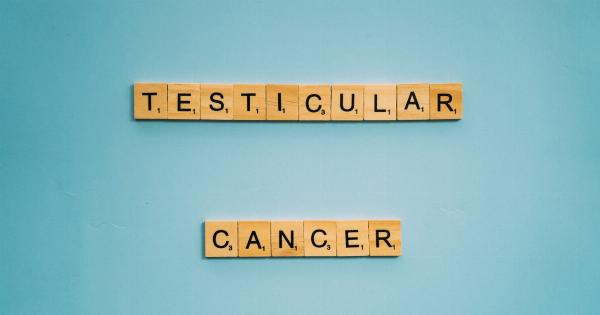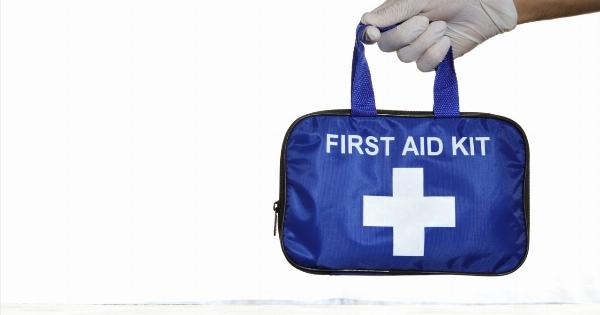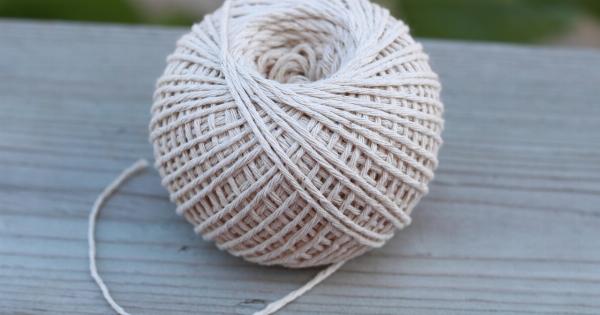Testicular torsion is a painful condition that occurs when the spermatic cord, which provides blood flow to the testicles, becomes twisted.
This condition requires immediate medical attention as it can cause severe complications such as tissue damage and infertility if left untreated.
The Causes of Testicular Torsion
Testicular torsion can occur at any age, but it is most common in young males, typically between the ages of 12 and 18. The exact cause of testicular torsion is often unknown, but several factors may increase the risk:.
1. Abnormal Testicle Development
Men born with a condition known as bell clapper deformity have a higher risk of testicular torsion. In this condition, the testicles are not properly attached to the scrotum, making them more susceptible to twisting.
2. Physical Activity or Trauma
Vigorous physical activity or an injury to the groin area can trigger testicular torsion. Activities such as running, cycling, or contact sports can increase the risk, especially if there is already an underlying condition like bell clapper deformity.
3. Cold Temperatures
Exposure to cold temperatures can cause the scrotal muscles to contract, leading to testicular torsion. This is more common in colder climates or during activities involving cold water.
The Symptoms of Testicular Torsion
Recognizing the symptoms of testicular torsion is crucial for prompt medical intervention. Some common signs and symptoms include:.
1. Sudden and Severe Testicular Pain
Testicular torsion typically presents as acute and intense pain in the affected testicle. The pain may radiate to the lower abdomen or groin area.
2. Swelling and Redness
The affected testicle may become swollen and red due to the reduced blood flow and potential tissue damage.
3. Abdominal Pain and Nausea
In some cases, testicular torsion can cause abdominal pain and nausea as a result of the intense pain and potential disruption of the autonomic nervous system.
Remedies for Testicular Torsion
Testicular torsion is a medical emergency that requires immediate intervention. The primary treatment options include:.
1. Manual Detorsion
In some cases, a healthcare professional may attempt to manually untwist the spermatic cord. This is typically done by rotating the testicle in the opposite direction of the torsion.
However, manual detorsion is not always successful, and surgery may still be required.
2. Surgery
Surgical intervention is often necessary to correct testicular torsion. The surgical procedure, known as orchidopexy, involves repositioning the affected testicle and securing it to prevent future torsion.
In cases where testicular viability is compromised, the surgeon may also need to remove the affected testicle (orchidectomy).
Preventive Measures
While testicular torsion cannot always be prevented, there are some measures that may reduce the risk:.
1. Wear Protective Equipment
When engaging in sports or activities that carry a risk of testicular trauma, wearing protective gear, such as a jockstrap, can provide added support and help prevent torsion.
2. Regular Testicular Self-Exams
Performing regular testicular self-exams can help detect any abnormalities or changes in the testicles. If any unusual findings are observed, it is important to seek medical advice promptly.
3. Awareness of Symptoms
Being aware of the symptoms of testicular torsion can lead to early detection and prompt medical intervention. Educate yourself and others, especially young males, about the signs and symptoms of this condition.





























